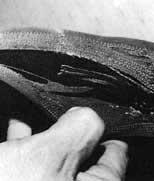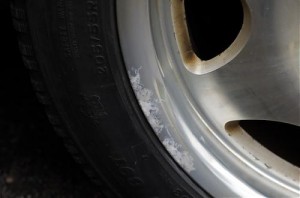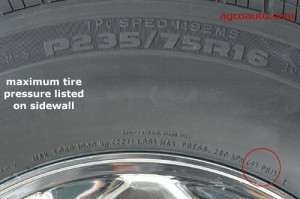Oxygen and moisture are destructive to your tires. Oxidation can cause bubbling or flaking of the chrome finish as seen to the left, which at that point can degrade the base material of the wheel itself. Since water vapor also permeates the tire rubber, it can separate the layers and even rust the steel belts, making for an extremely unsafe driving condition.
Deterioration from oxidation isn’t localized. It spreads. It can start within the tire interior and moves outward, where it first invades the tire liner and then consumes the insulation rubber adjacent the liner. It marches inexorably outward, and as it does, the rubber itself deteriorates, losing elasticity. This decay is constantly being fueled by the fresh, and all too often moist, air injected.
It sounds costly! So, how do you prevent this and make your tires last Million Mile Tires? One way to do it is with nitrogen tire inflation? Nitrogen tire inflation takes the air and the water vapor out of your tires, and replaces it with nitrogen. Yes, air is 78 percent nitrogen, but it’s the other 22 percent that’s causing problems. It’s such a simple solution that doesn’t require a whole lot of extra time or expertise to get it done. To learn more about nitrogen tire inflation, check out Nitrofleet99.








